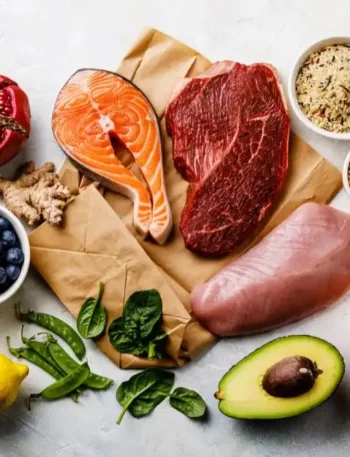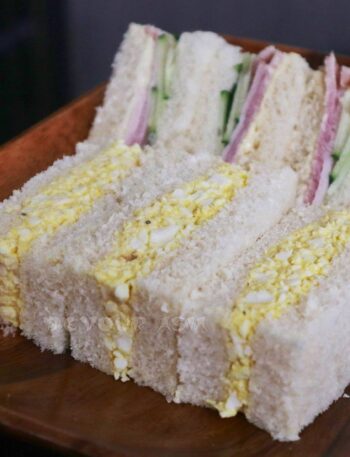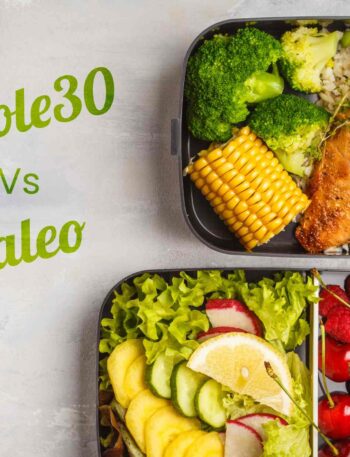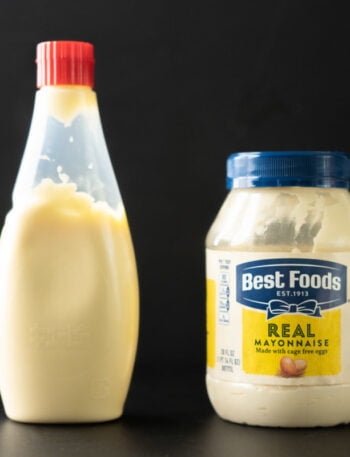
You’re sitting at a dinner table, surrounded by the comforting hum of clinking glasses and low chatter. The air smells faintly of roasted garlic, fresh herbs, and… curiosity.
Someone passes you a plate with a curious glint in their eye. “Try this,” they say, almost daring you. You take a bite, chew thoughtfully, and swallow.
Feels normal, right?
Except you’ve just eaten something scientists once declared impossible to digest.
Hold up.
What does that even mean?
Are we talking about plastic forks?
Cellulose from the back of your cereal box? Nope, it’s subtler than that. This is about foods — or substances masquerading as food — that your body wasn’t exactly designed to handle.
But thanks to the marvels of modern science and the occasional human audacity to push boundaries, here you are.
So, What Happens When You Eat the Unthinkable?
The human digestive system is a masterpiece. From the enzymatic fireworks in your saliva to the meticulous sorting by your small intestine, your gut’s got its act together.
Eating something previously deemed “undigestible” might stir up a ruckus — gas, bloating, or, as my grandmother would say, “a belly that’ll make you question your life choices.” But that’s just the surface.
Take resistant starch, for instance. It’s a component found in foods like green bananas and undercooked pasta. For years, scientists thought it slid through your digestive tract like a tourist lost in a foreign city — wandering aimlessly, doing nothing productive.
But surprise! Your gut bacteria love this stuff. They feast on it, producing short-chain fatty acids that boost gut health, improve insulin sensitivity, and maybe — just maybe — give you a fighting chance against chronic diseases.
Turns out, what we can’t digest, our microscopic roommates can.
When Science Plays Chef…
Then there’s the new kid on the block: synthetic biology. Imagine — wait, scratch that — synthetic biology creates foods that mimic the real deal but come with a twist.
Impossible Foods’ burger, for example, has a key ingredient called heme, which gives it that juicy, meaty vibe. Heme, in its natural form, comes from animals.
But the heme in your plant-based patty? Grown in a lab by genetically engineered yeast.
And heme isn’t something our guts have dealt with in this format before. Your body might pause, raise an eyebrow, and then figure it out.
Or consider Olestra, a fat substitute that rocked the ’90s snack aisle. It promised guilt-free indulgence by passing straight through your digestive tract without being absorbed.
Too good to be true? Kind of. Snackers quickly learned that “undigestible” often translates to “you’ll regret this later.” Let’s just say the phrase “an explosive experience” took on a whole new meaning.
The Emotional Rollercoaster of Eating the Impossible
That first bite of something bizarre or revolutionary can make you feel like an adventurer — or a lab rat, depending on your perspective.
Ever tried cassava? This root, a staple in many cultures, needs serious prep work to avoid its natural cyanide content. Cooked right, it’s delicious. Cooked wrong, it’s like playing Russian roulette with your stomach.
And let’s talk about cultural pride. Foods that outsiders dismiss as “weird” often hold deep significance. Take natto, the infamous Japanese fermented soybeans. To the uninitiated, it’s slimy and… well, smelly.
To those in the know, it’s a probiotic powerhouse, a love letter to tradition, and a reminder that sometimes, the most challenging foods are the most rewarding.
Why Do We Do This?
Why do we keep pushing the boundaries of what we can eat? Part of it’s necessity — climate change, overpopulation, dwindling resources. Part of it’s curiosity — that insatiable human drive to say, “What if?” And part of it’s just pure stubbornness.
Because if our ancestors could figure out how to make cheese (aka fermented milk gone rogue), we can figure out lab-grown meat or cricket protein bars.
And let’s not forget the thrill. Trying the impossible is a flex, a story to tell your friends. It’s proof that you’re a little braver, a little more open-minded, and maybe just a tiny bit reckless.









